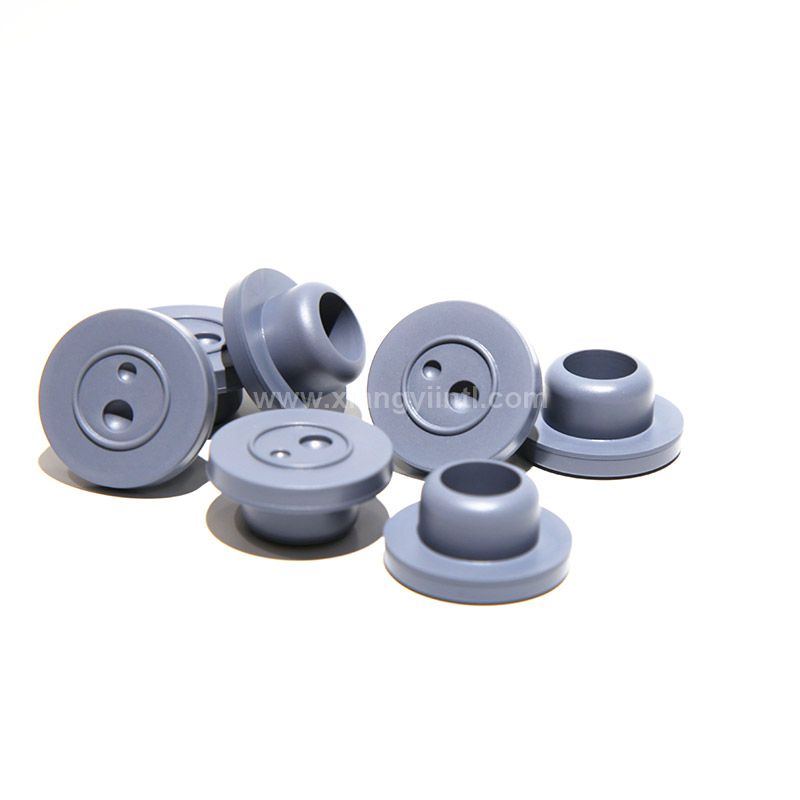Rubber Stoppers: Commercial Uses and Types of Rubber
Rubber stoppers are extensively used across commercial, industrial, and scientific sectors. They are manufactured from a variety of rubber materials and come in a wide range of sizes and designs, tailored to meet specific application needs.
What Are Rubber Stoppers Used For?
Rubber stoppers have a wide range of applications across different industries. Common uses include:
Mechanical stops
Bumpers
Vibration mounts
Grippers
Clamps
Non-slip feet for equipment or platforms
Pipe stoppers
Paint masking components
Tube plugs
Door stoppers
In laboratory settings, rubber stoppers are commonly used to seal test tubes, boiling flasks, and other types of glassware, ensuring a secure and airtight closure.
Rubber Stopper Materials
Rubber stoppers are manufactured using a variety of rubber materials, including both natural and synthetic types. The choice of material depends on the specific application requirements such as chemical resistance, temperature tolerance, and flexibility. Common materials used for rubber stoppers include:
Natural Rubber
Styrene-Butadiene Rubber (SBR)
EPDM (Ethylene Propylene Diene Monomer) Rubber
Neoprene
Nitrile Rubber (NBR)
Silicone Rubber (SiR)
Viton
Urethane
Each material offers unique properties, making rubber stoppers suitable for a wide range of industrial, commercial, and laboratory applications.
Types of Rubber Stoppers
Rubber stoppers come in various types to suit different applications. The three most common types include:
Solid Rubber Stoppers
These are commonly used in brewing equipment for beer and wine, as well as in general household projects. Solid rubber stoppers are available in a wide range of sizes, typically from size 000 to size 15.One-Hole Rubber Stoppers
Designed primarily for laboratory use, one-hole rubber stoppers allow the insertion of tubing or glassware. They are widely available in both standard and custom sizes from rubber stopper manufacturers.Two-Hole Rubber Stoppers
Also used in laboratory settings, two-hole stoppers are ideal for sealing test tubes and flasks while accommodating two pieces of tubing. Their tight fit helps prevent chemical leaks and ensures a secure seal.
Why Use Rubber Stoppers?
Rubber stoppers are widely used in laboratories, industrial settings, and even household applications due to their numerous advantages:
Soft and Pliable: The rubber material conforms easily to different openings, ensuring a snug fit.
Durable and Long-Lasting: Rubber stoppers maintain their performance over time, even under repeated use.
Highly Resilient: They can withstand pressure and deformation without losing functionality.
Effective Sealing: Ideal for sealing test tubes and glassware, rubber stoppers prevent airborne contaminants from entering.
Superior Seal for Volatile Materials: Compared to other materials, rubber provides a tighter, more reliable seal, making it suitable for handling volatile substances.
High Temperature Resistance: Many rubber stoppers are formulated to perform well in high-temperature environments, expanding their range of applications.
Conclusion
With their versatility, durability, and excellent sealing properties, rubber stoppers remain an essential component across laboratories, industries, and even everyday use. Whether you're looking for chemical resistance, high-temperature performance, or a reliable closure solution, rubber stoppers offer a practical and cost-effective choice. By selecting the right type and material, you can ensure optimal performance for your specific application
- Previous: None
- Next: Exploring the World of PET Test Tubes: Different Shapes and Uses



